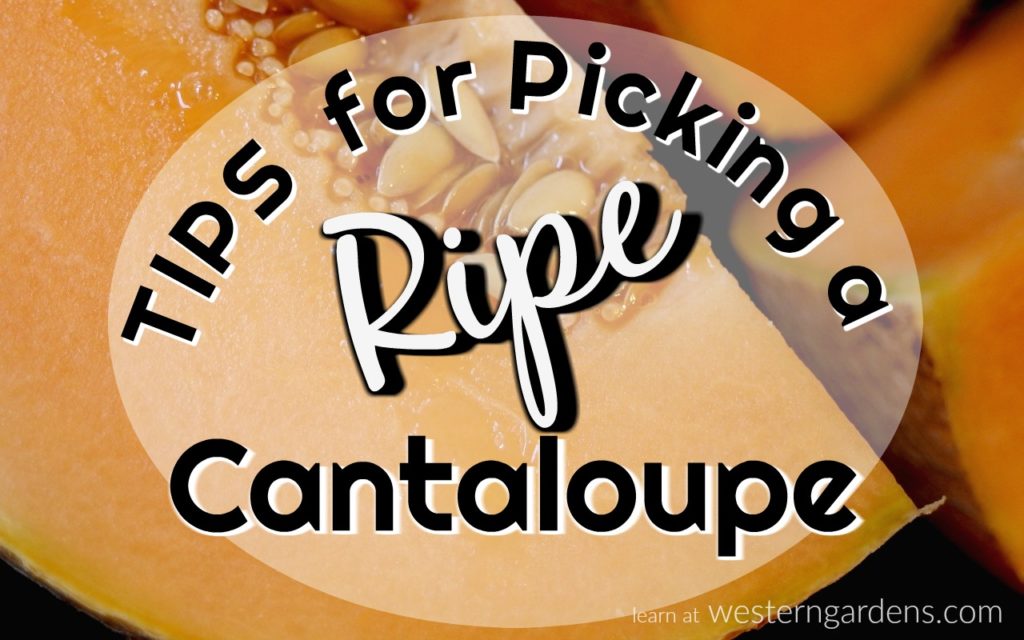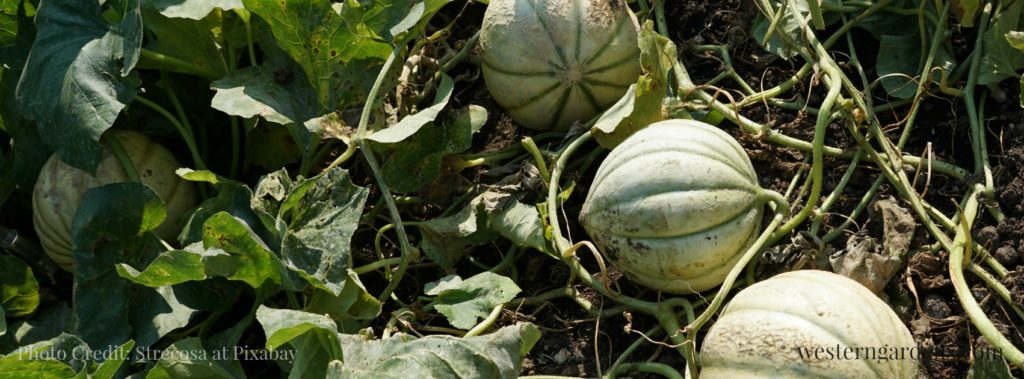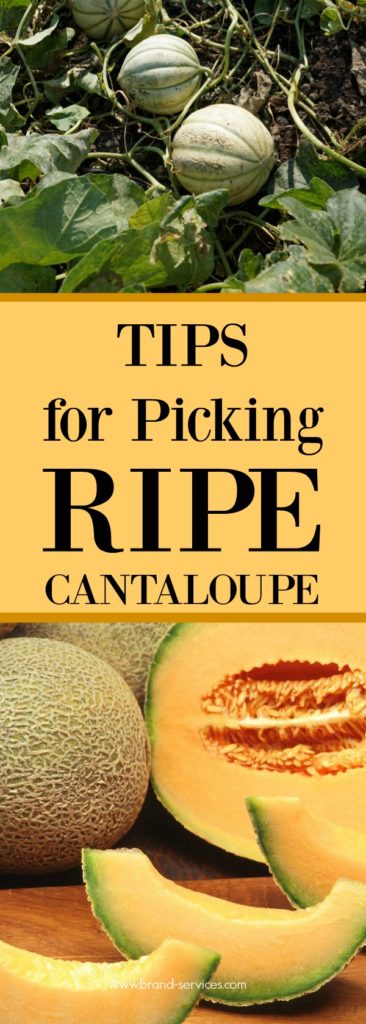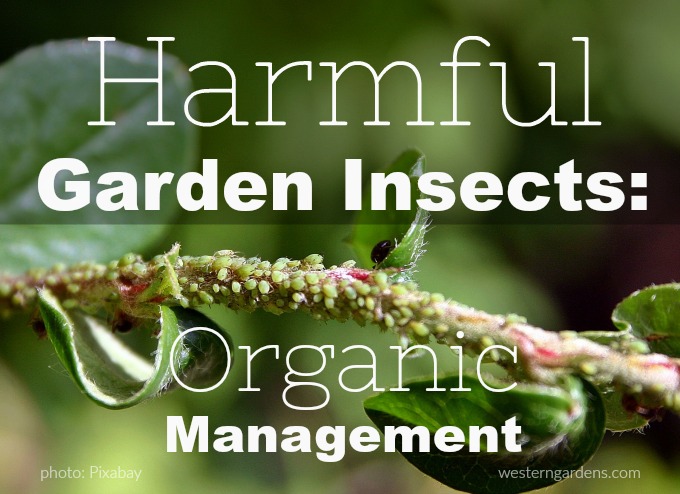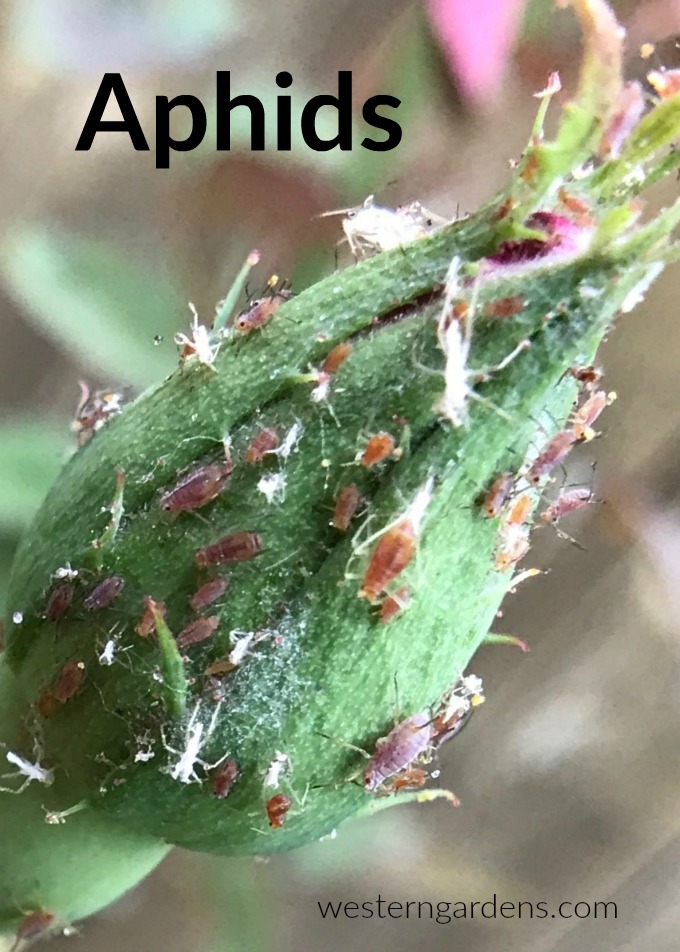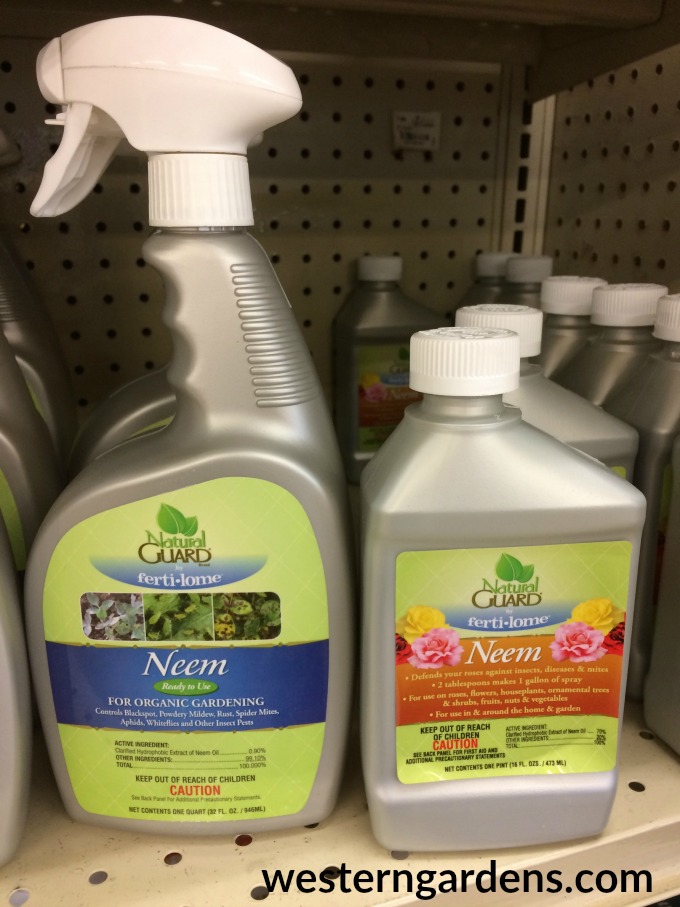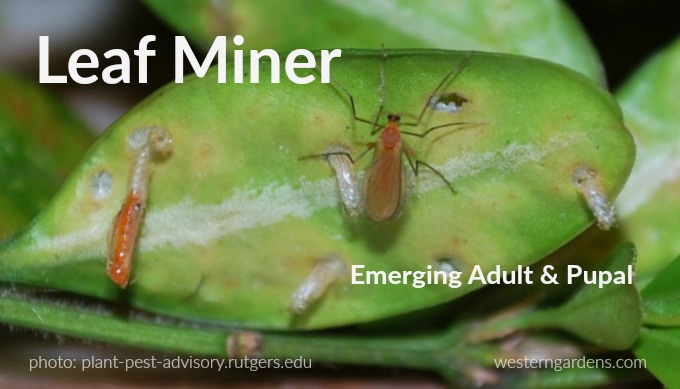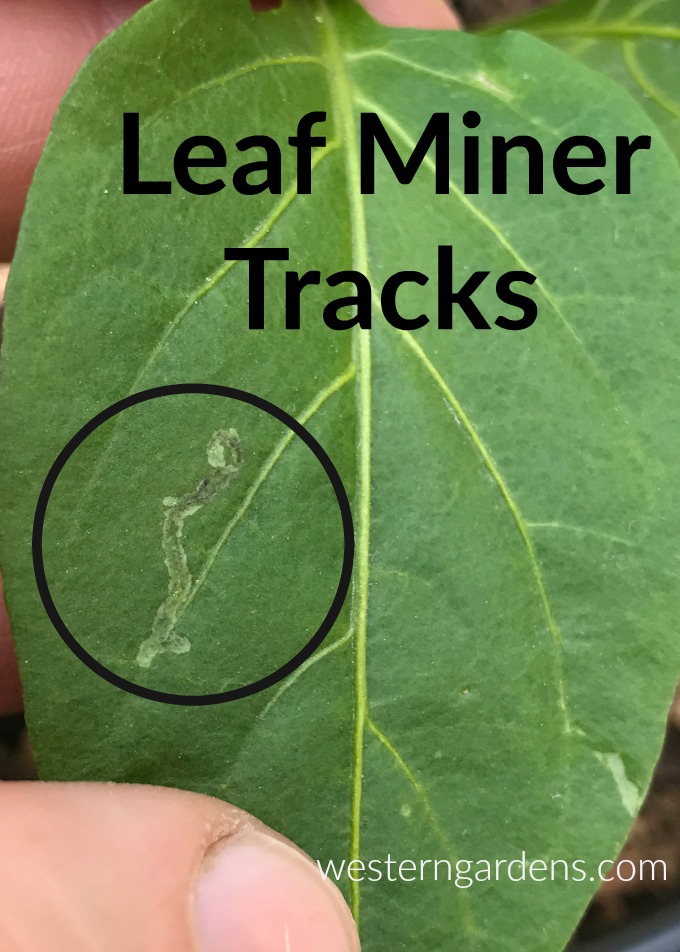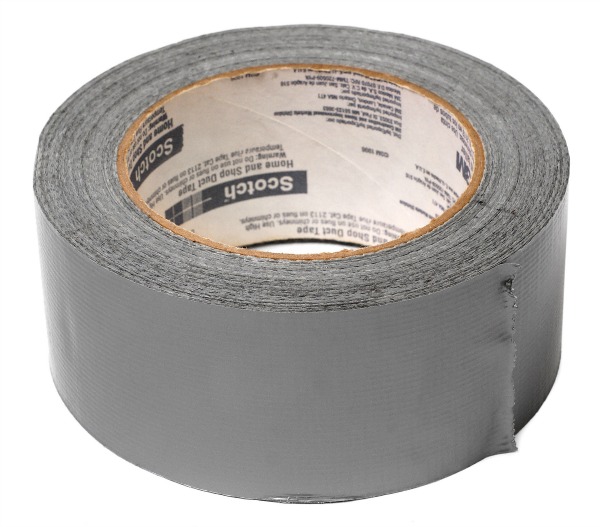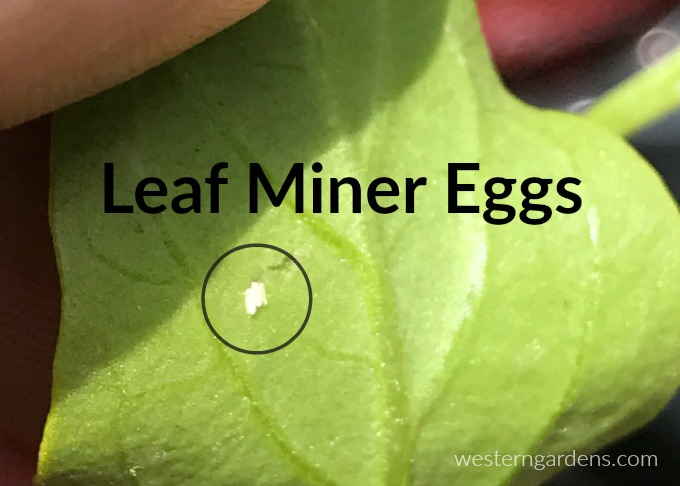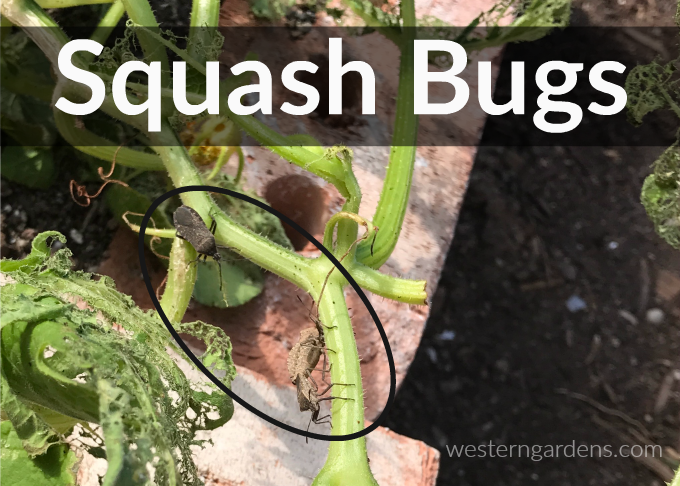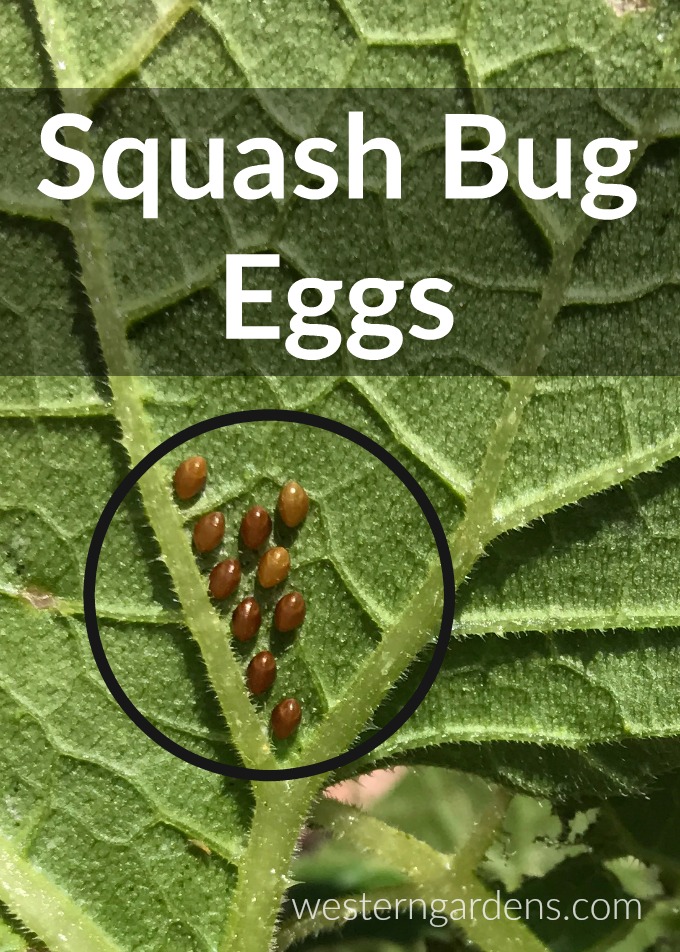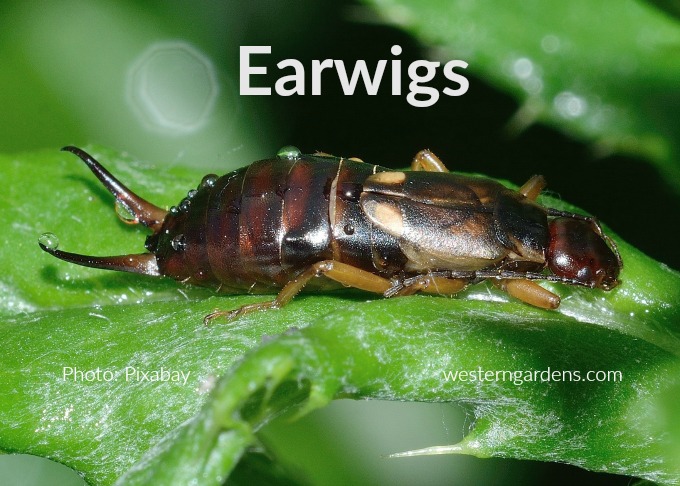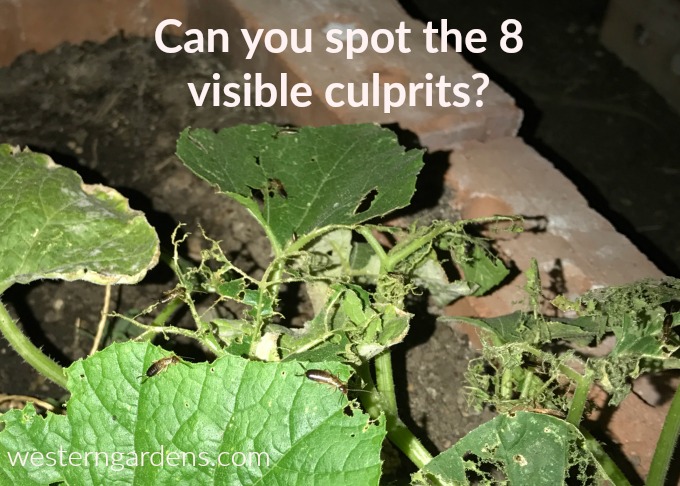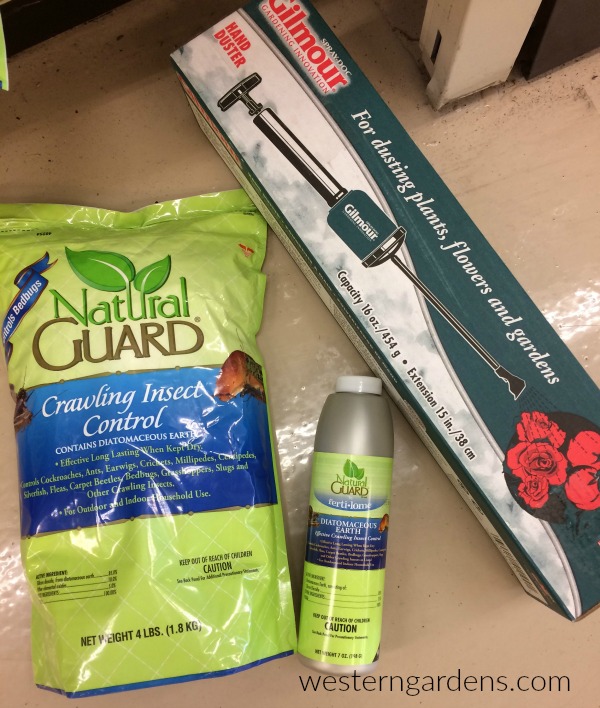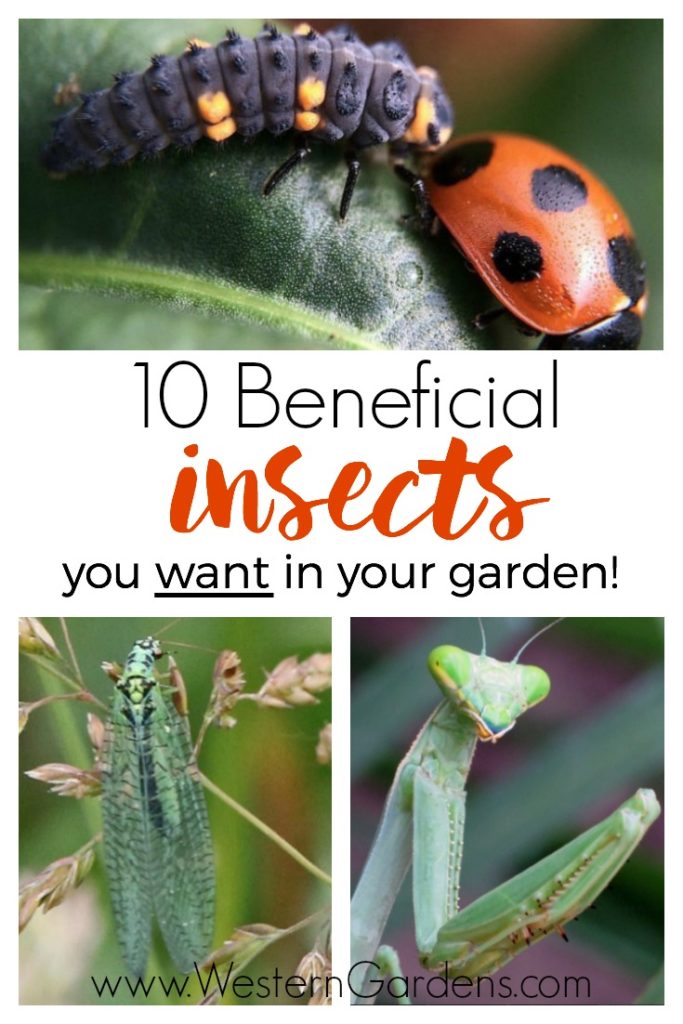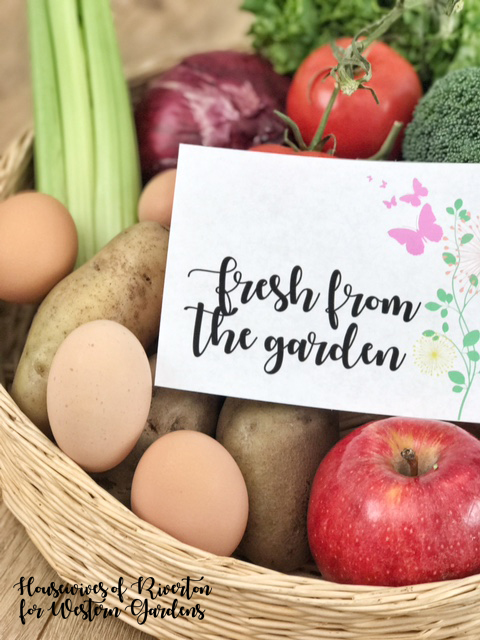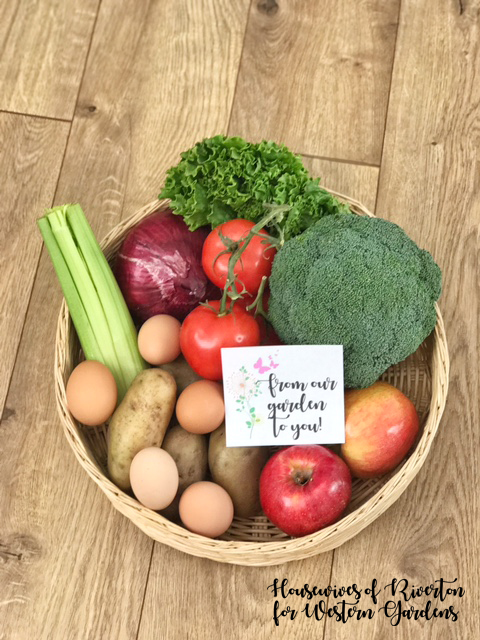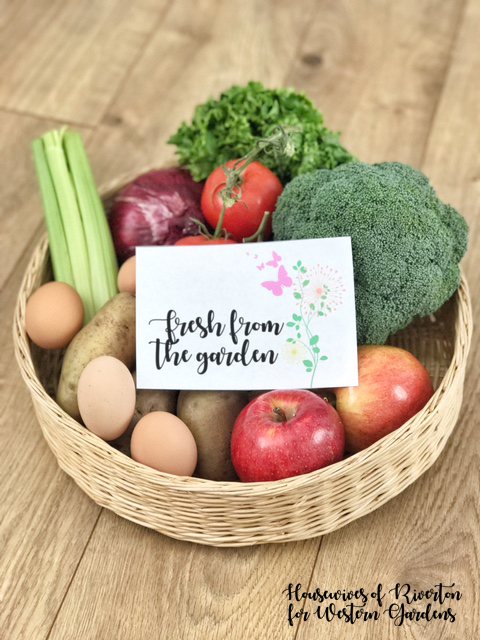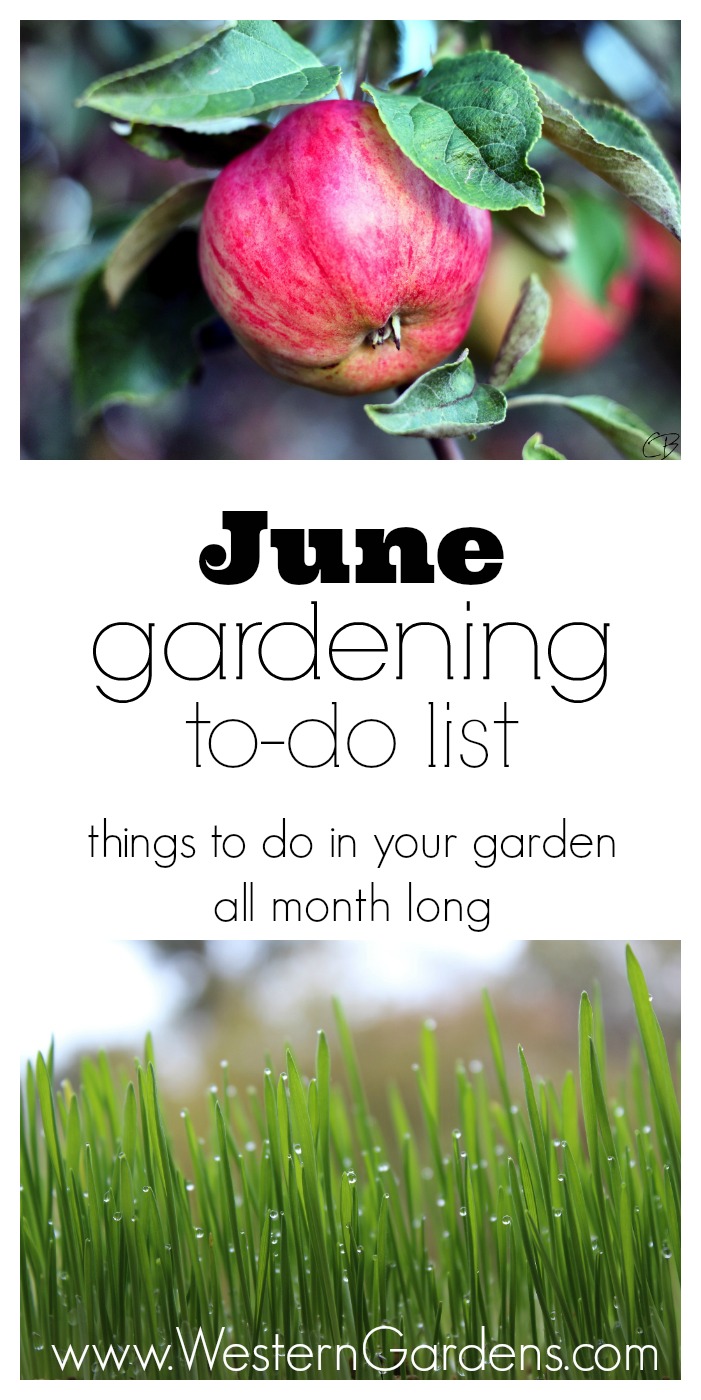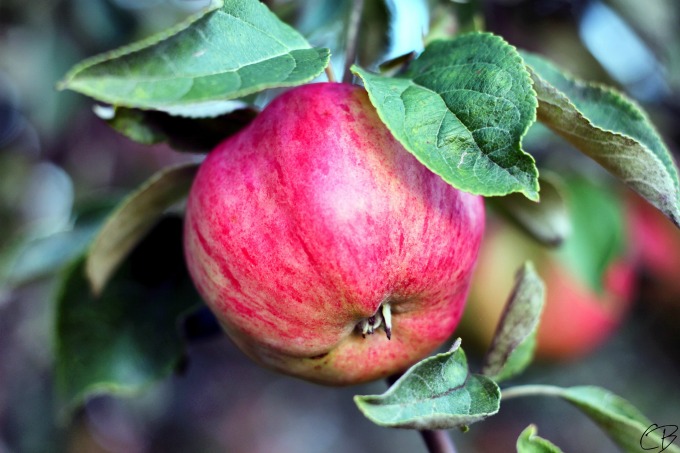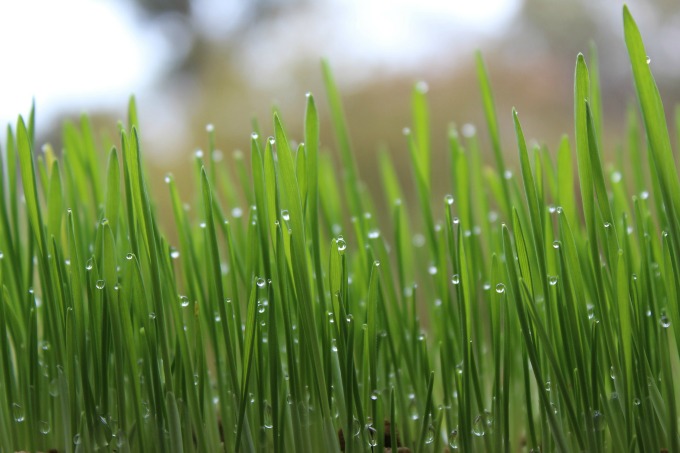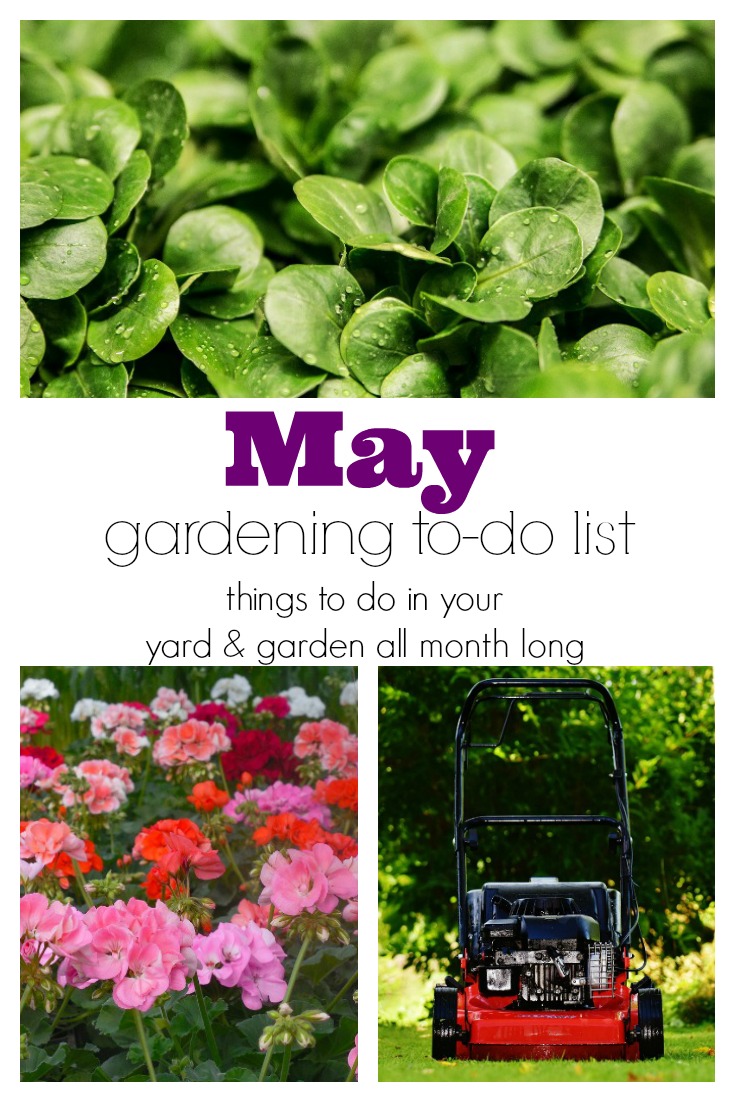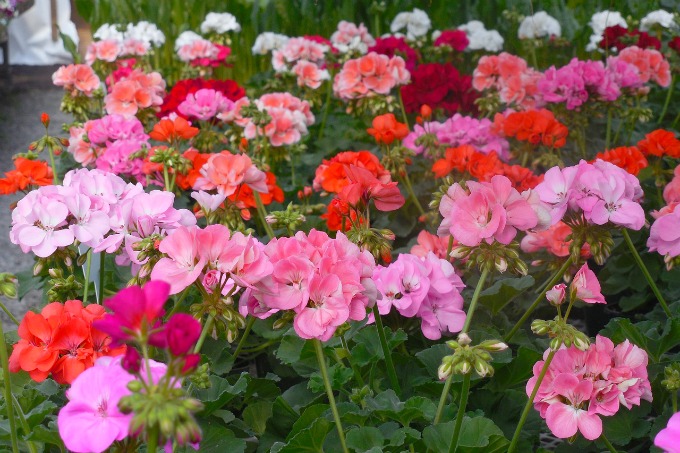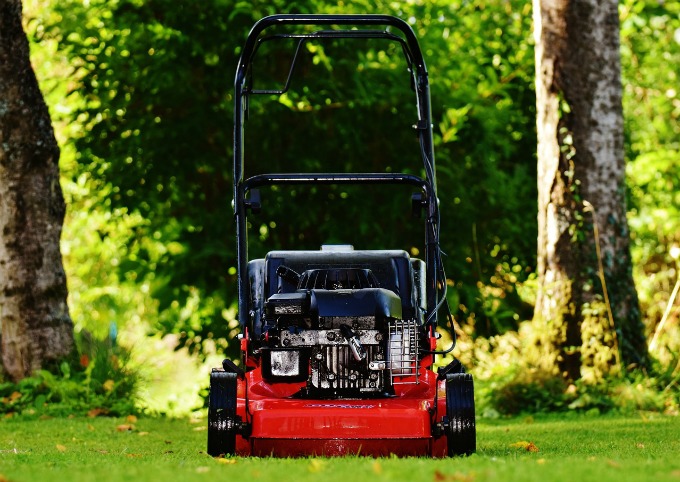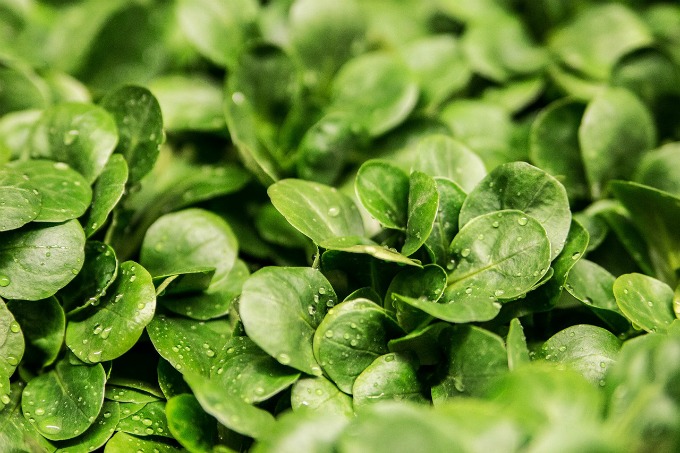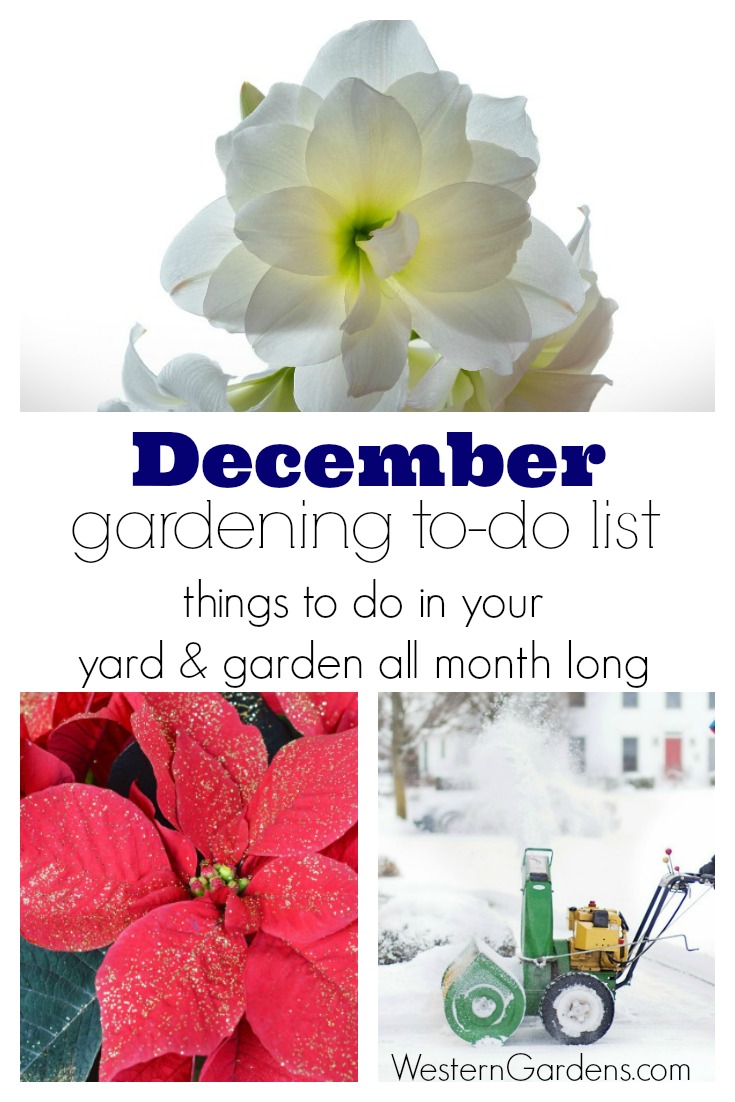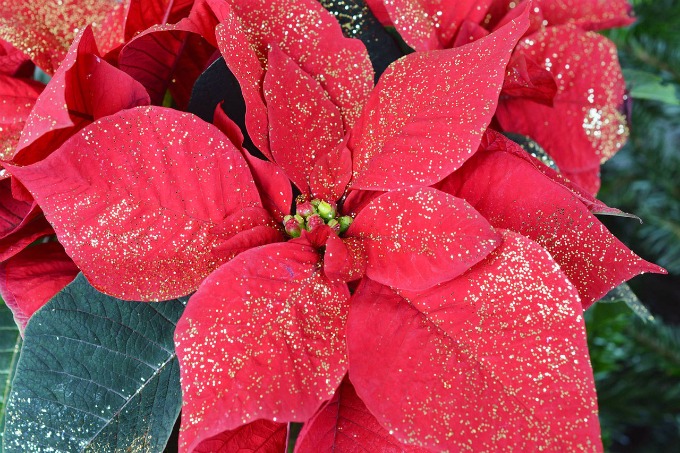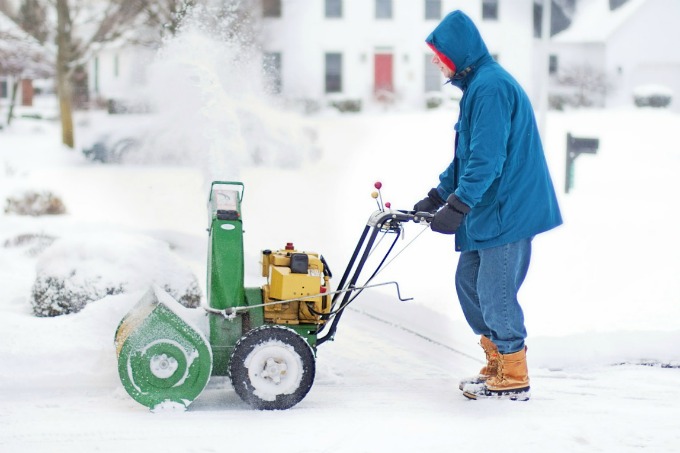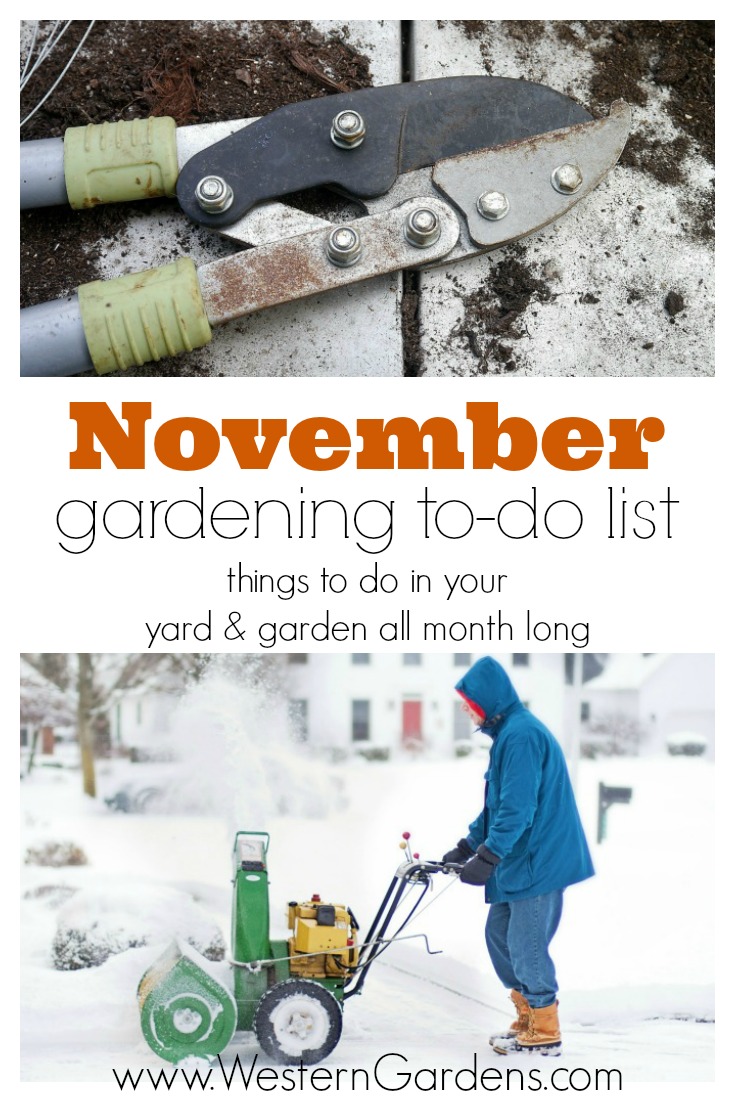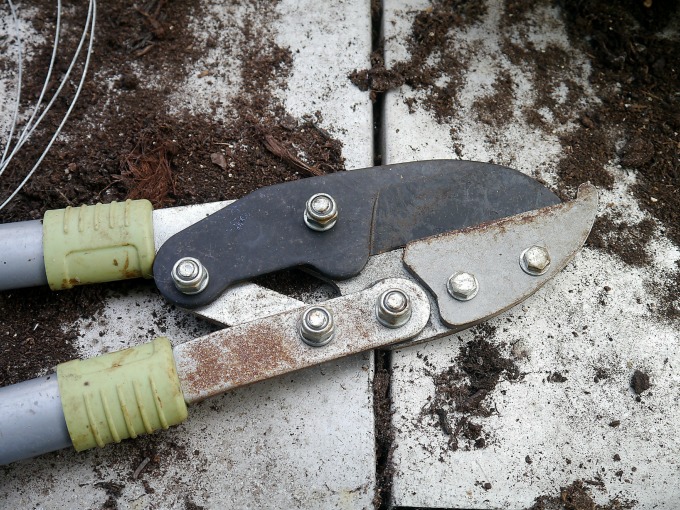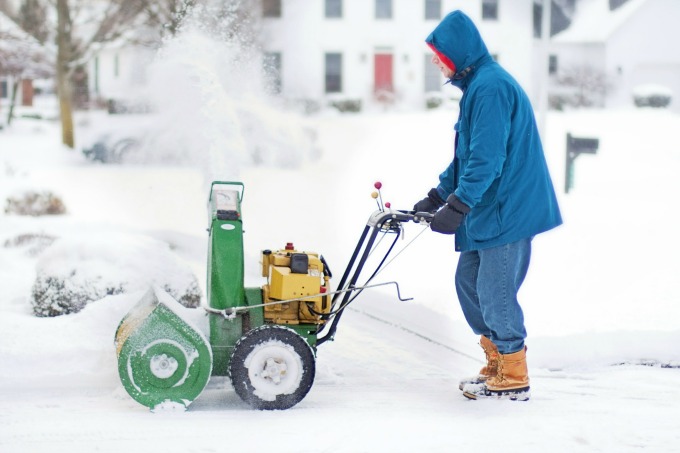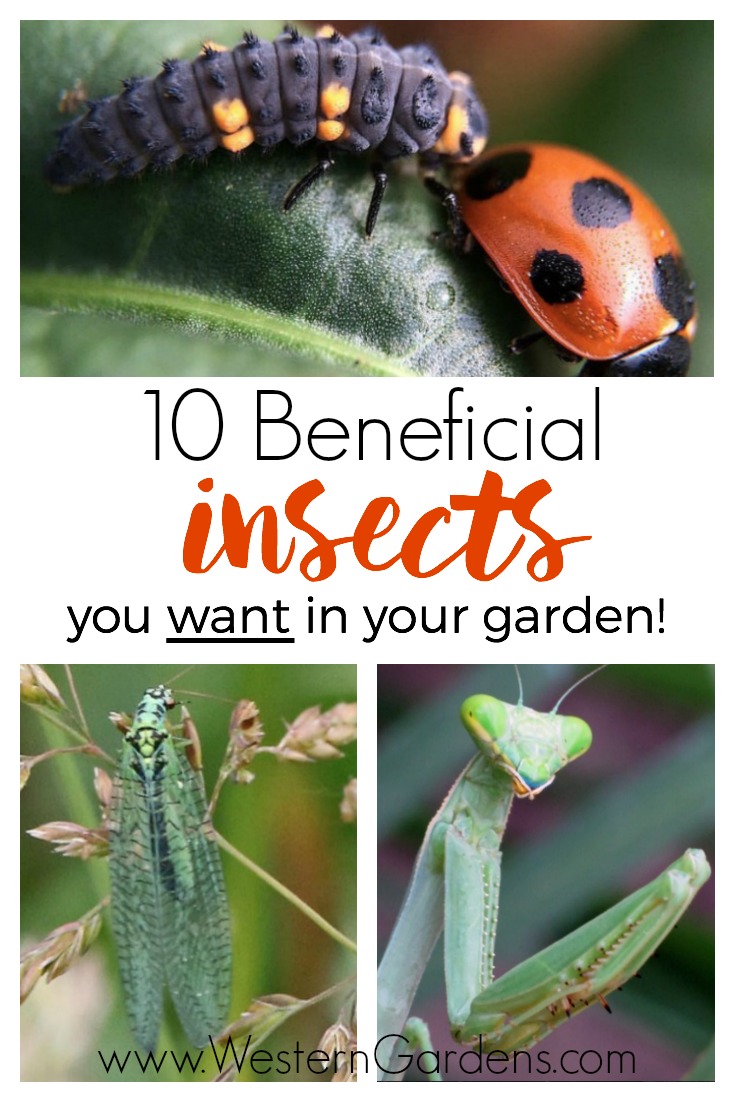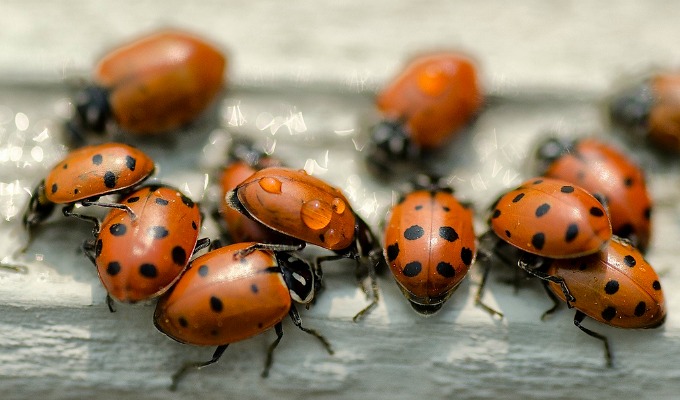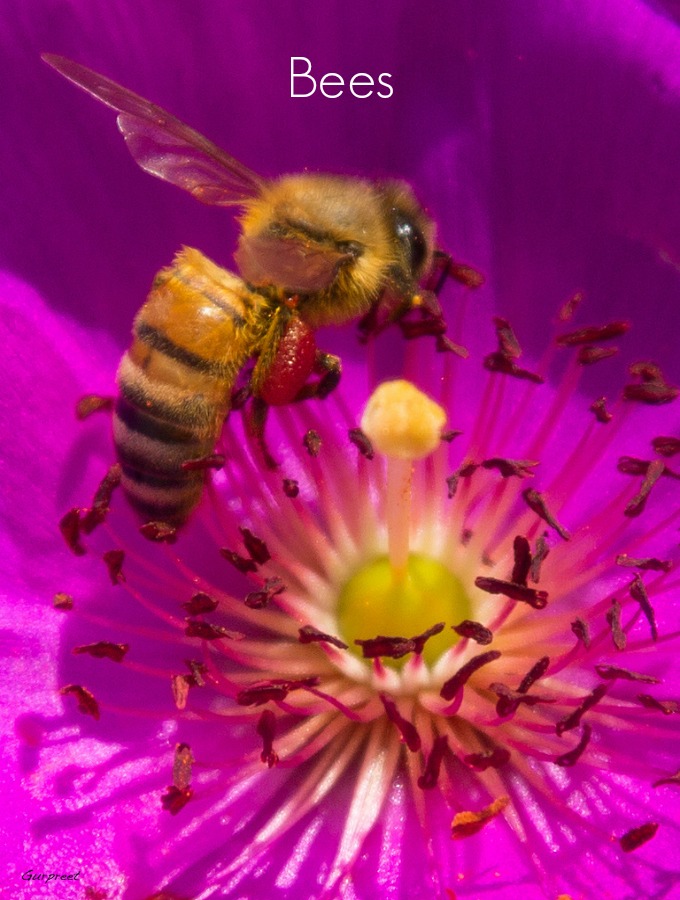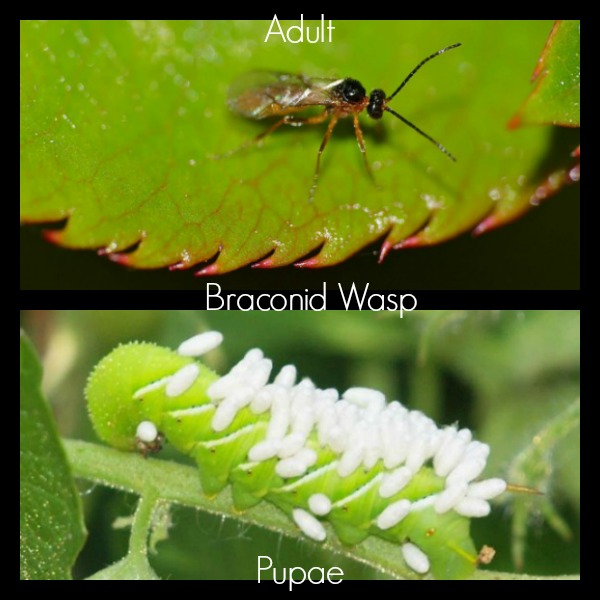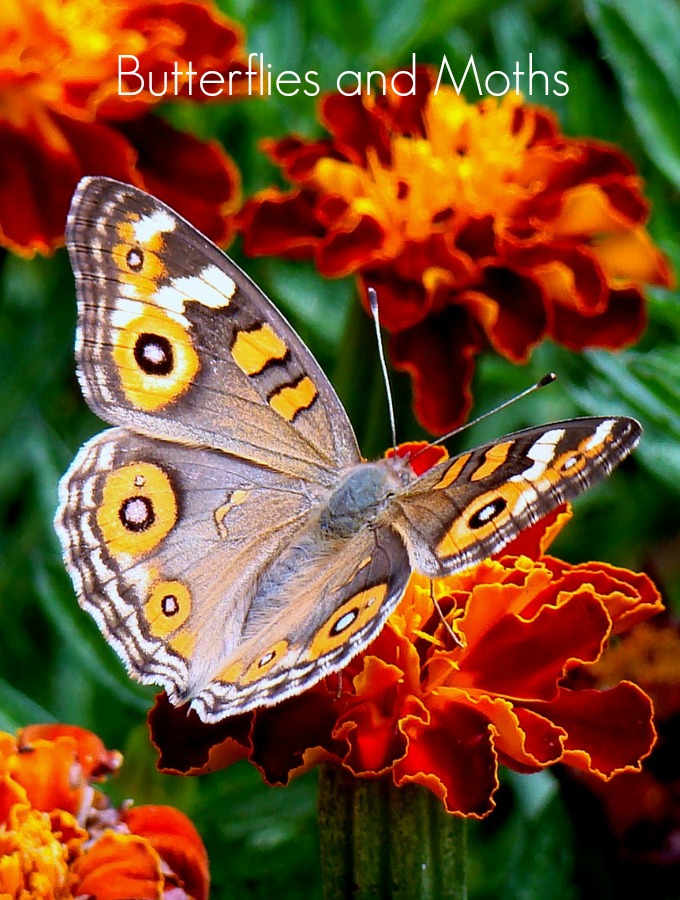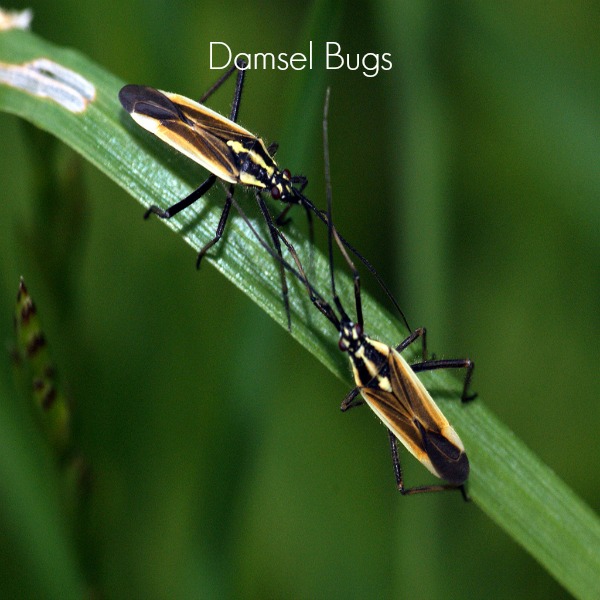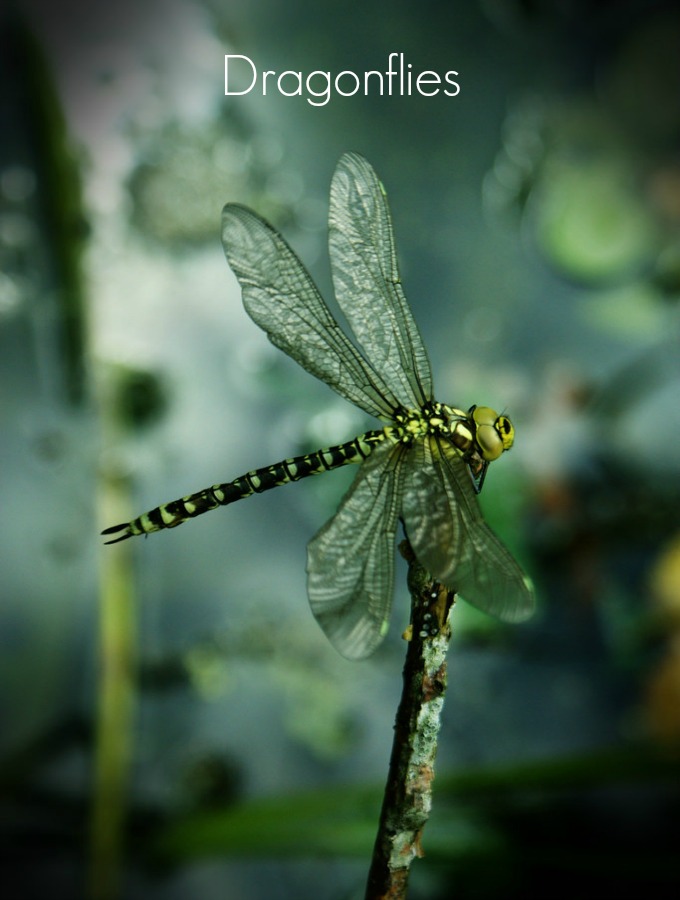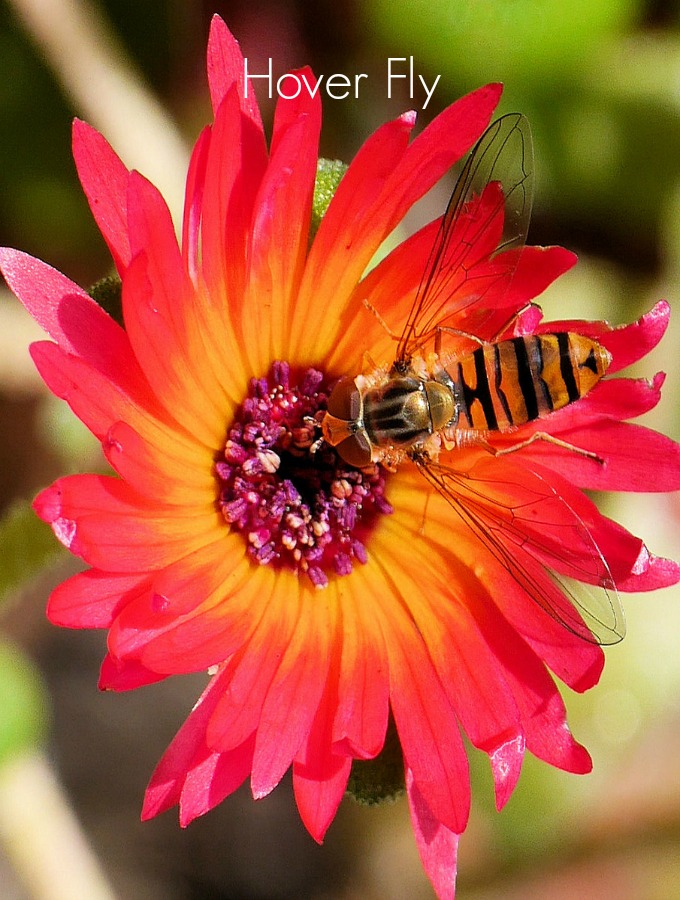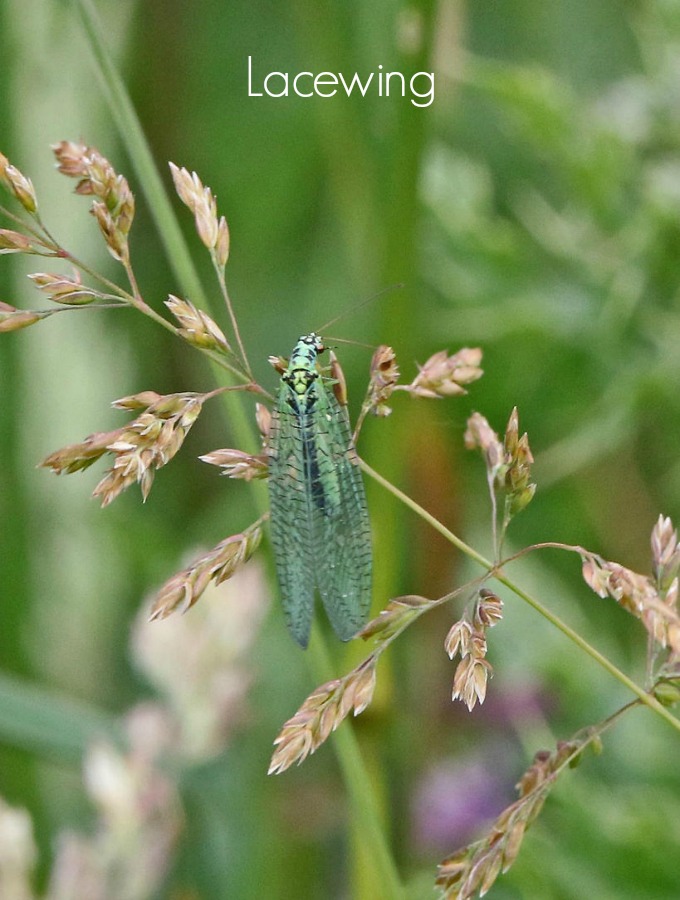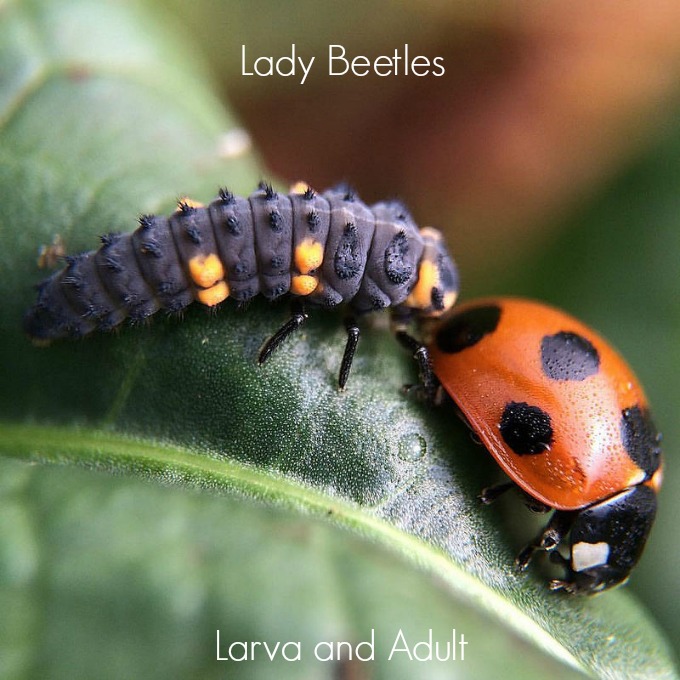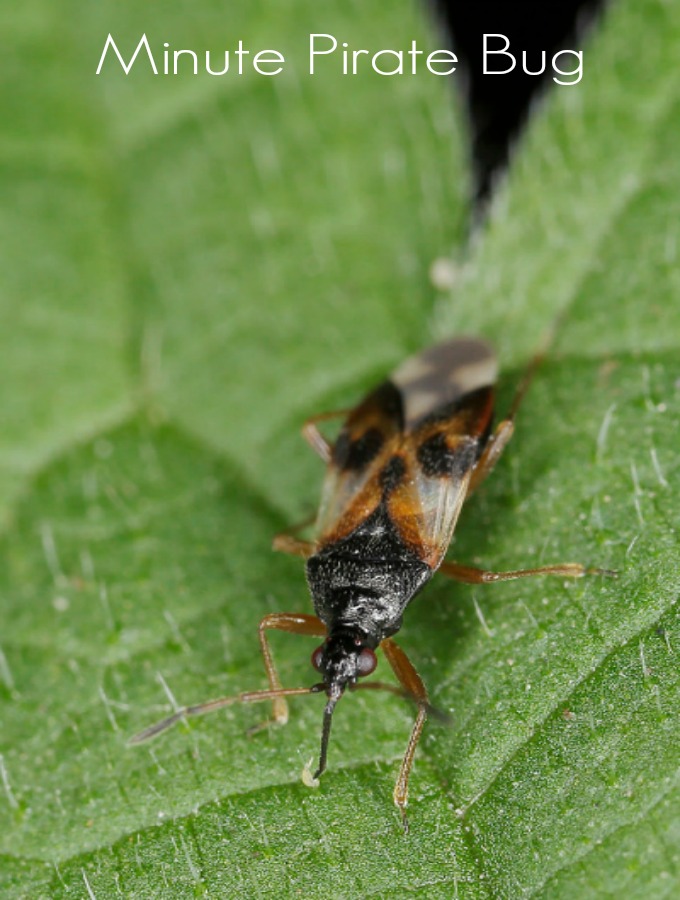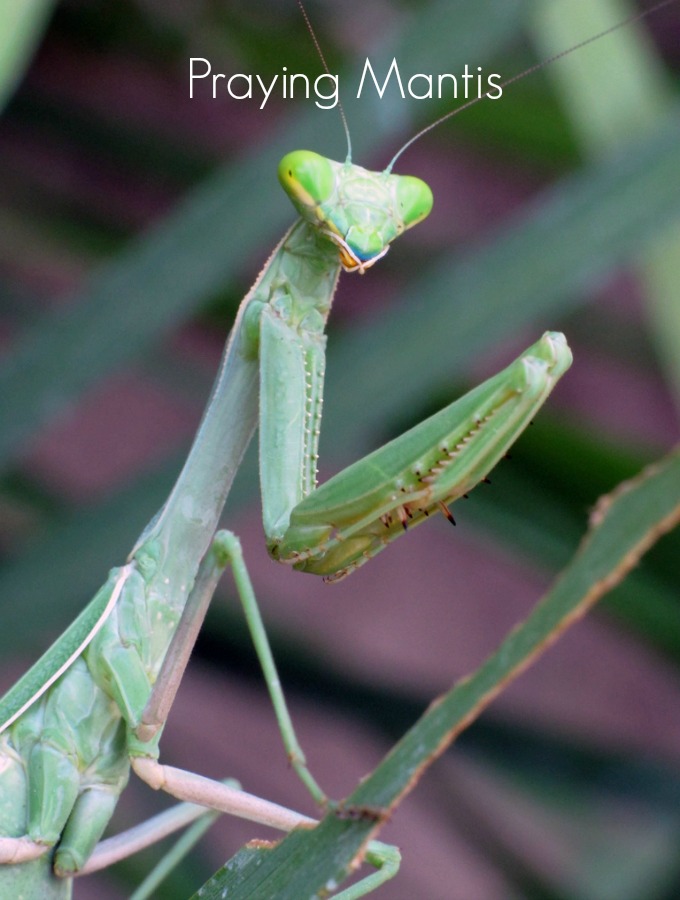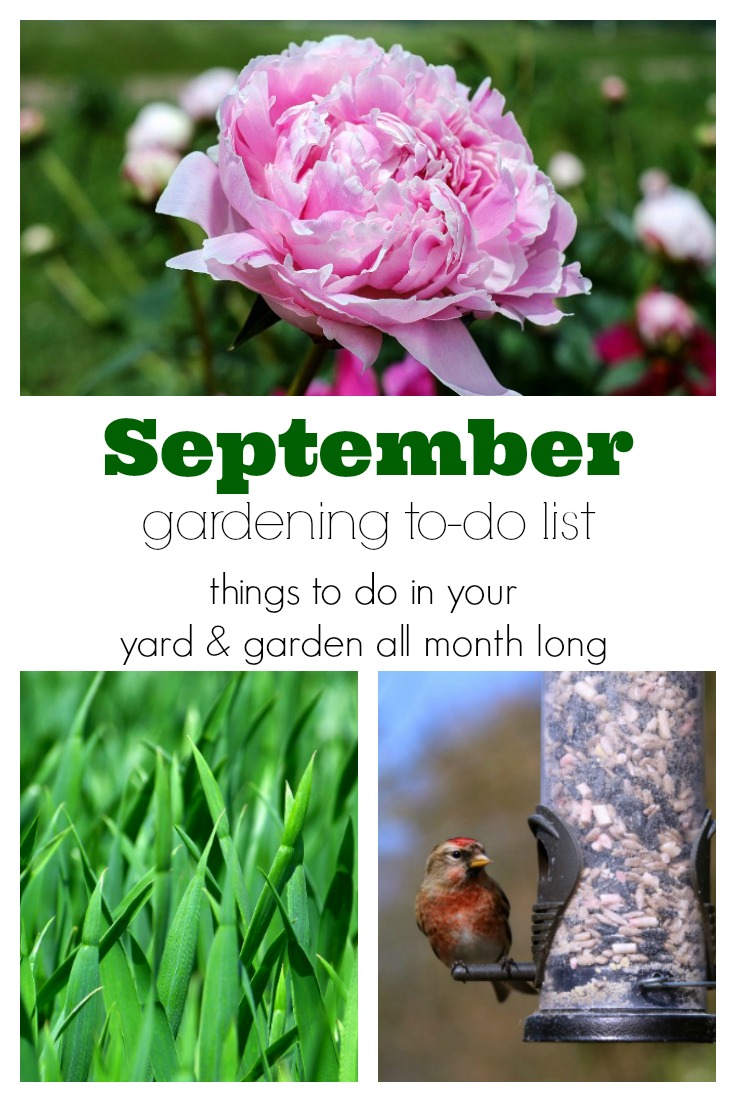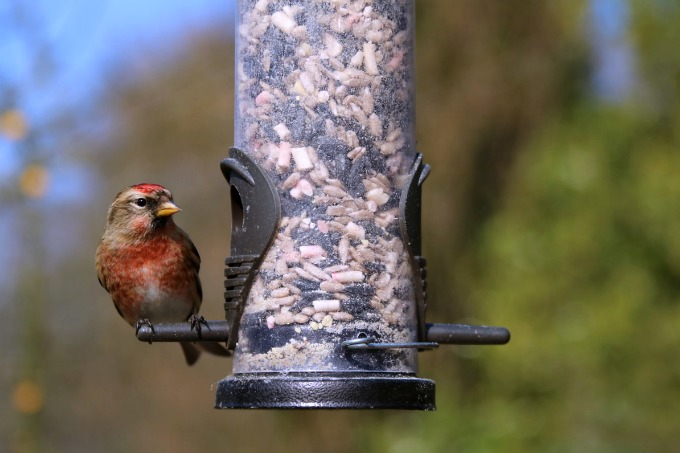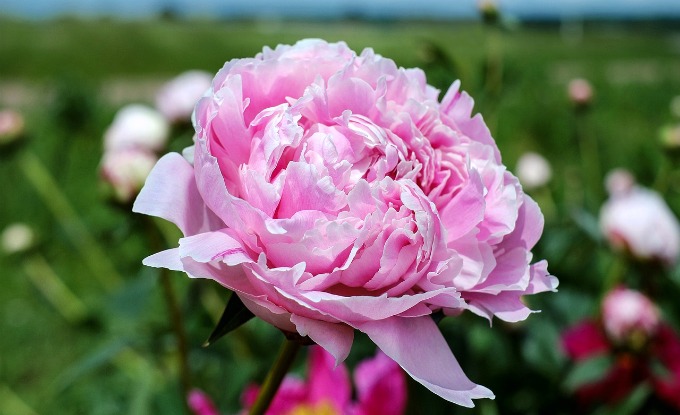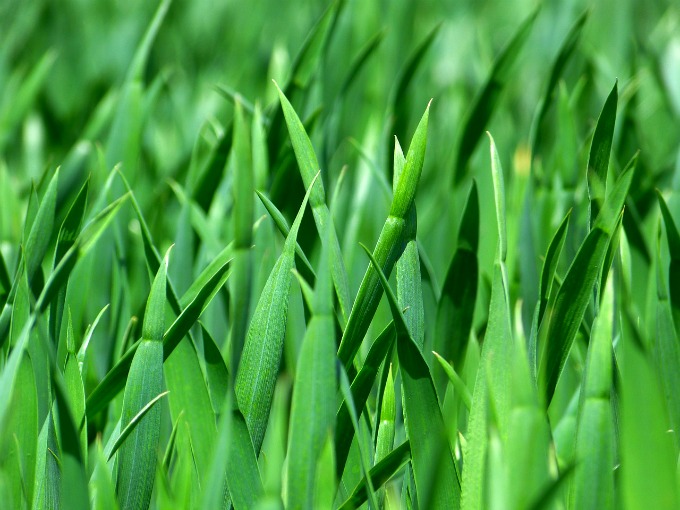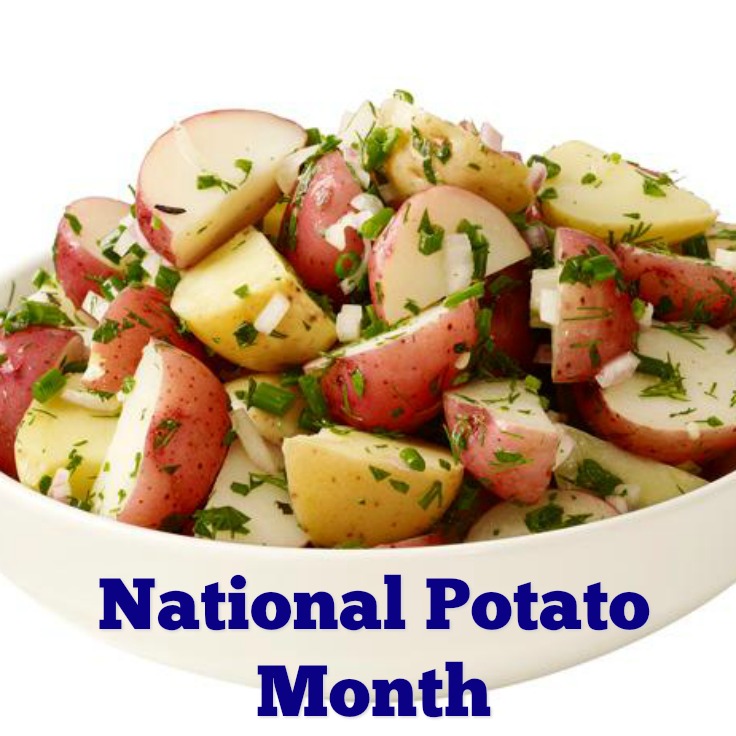
September is the special month of the year that is set aside to celebrate the wonderfully dependable, always reliable potato. This solid side dish performer works with almost any meal and if you planted potato starters in the spring then you should have a harvest ready to be served up this the fall. Mashed potatoes are always a solid side dish but if you’re looking for something different here are six ideas for side dishes this month as you celebrate the potato!
Hashbrowns – Who says that hashbrowns have to stay put on the breakfast menu? Try serving them at dinner and adding in bell peppers, onions, and your favorite spices for flavor. Serve the hash browns with a traditional dinner menu or make it an evening of breakfast. It’s always a good time for pancakes and bacon!
Funeral Potatoes – A Utah classic, funeral potatoes are a satisfying comfort dish for any occasion, even a weeknight family dinner. Potatoes can be diced, sliced, or shredded before you add them to the recipe. This potato dish can be as simple or as elaborate as you want to make it, the varieties are endless. Here’s a basic funeral potato recipe from Lil’ Luna to get you started if you’ve never baked this comfort food before!
Baked – You can’t deny the simple, great taste of a baked potato. Toss the potatoes in olive oil and kosher salt before baking and they’ll come out of the oven crisp on the outside and warm and fluffy on the inside. The beauty of the baked potato is that each family member can create their own. Whether it’s with simple butter and salt or fully loaded with sour cream, bacon, cheese, and green onions, everyone will have a say in how this potato dish is made.

Photo Credit: Flickr
Grilled – While the weather is still warm outside you may not be in the mood to use your oven to cook potatoes. If that’s the case you can always grill them. Grilled potatoes are an excellent choice when you’re already planning on grilling meat for dinner. Slice or dice the potatoes and then put them in a foil packet. Don’t forget to spray the foil with non-stick cooking spray to prevent the vegetables from sticking to the sides. Add in bell peppers and onions or cheese and bacon, depending on your taste preference. Seal up the foil packets and place them on the grill earlier than your meat as the potatoes will take longer to cook.
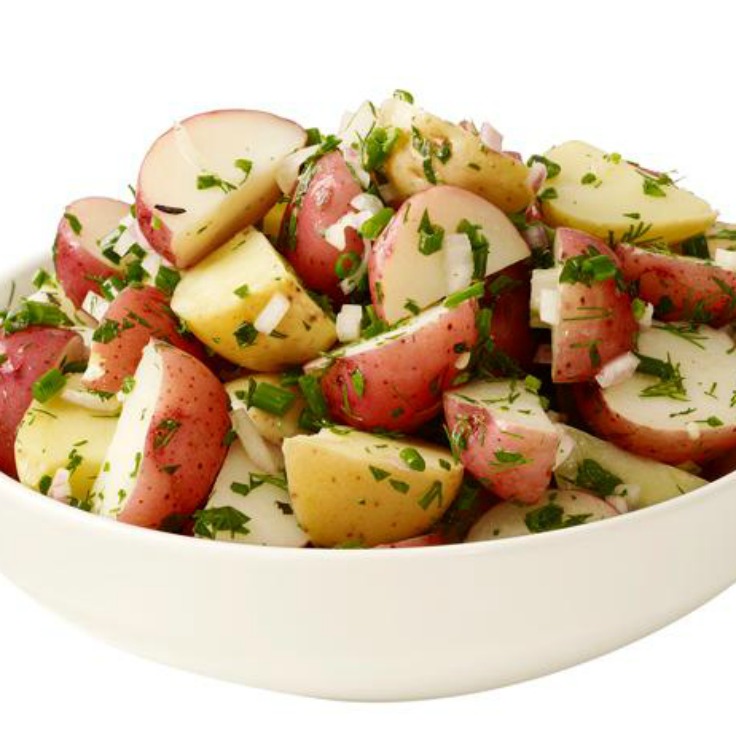
Photo Credit: Food Network
Potato Salad – Potato salad isn’t only a dish for summer potlucks! If you find yourself in the mood for a potato side dish but want something a little lighter, try a potato salad. You can stick with the traditional recipes or try one that’s eggless, or a version that uses red potatoes and vinegar.
Potato Wedges – Celebrate the potato with homemade potato wedges. They are about as family friendly as you can get. Wedges can be served with simple, kid friendly main dishes or fancier adult fare. While cutting the potatoes can seem like a chore, in the end the homemade taste will be worth it! Try this recipe from Our Best Bites for oven fries and experiment with the different seasoning.
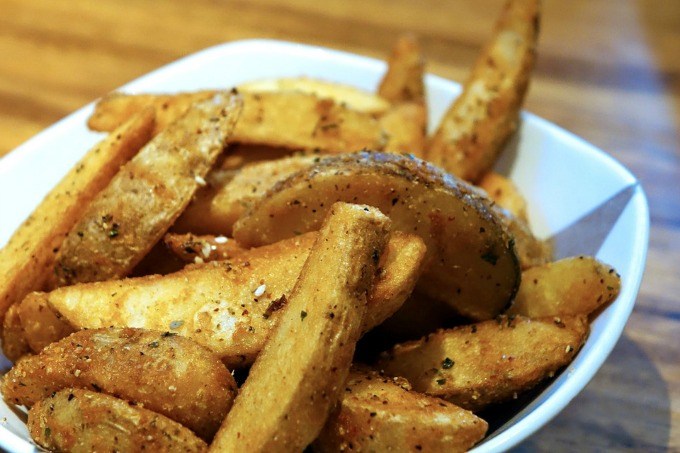
Photo Credit: Pixabay
Enjoy the month with your homegrown potatoes, but if you didn’t grow any, plan ahead for next spring. Western Gardens carries in the spring a variety of only the best potatoes to grow in your own garden. You will be able to celebrate the potato even more next September.
Other Delicious Potato Recipes and Information:
Garlic and Rosemary Mashed Potatoes
